Home>Maintenance & Safety>Safety Equipment & Products>How To Childproof A Hot Water Heater Drain Valve
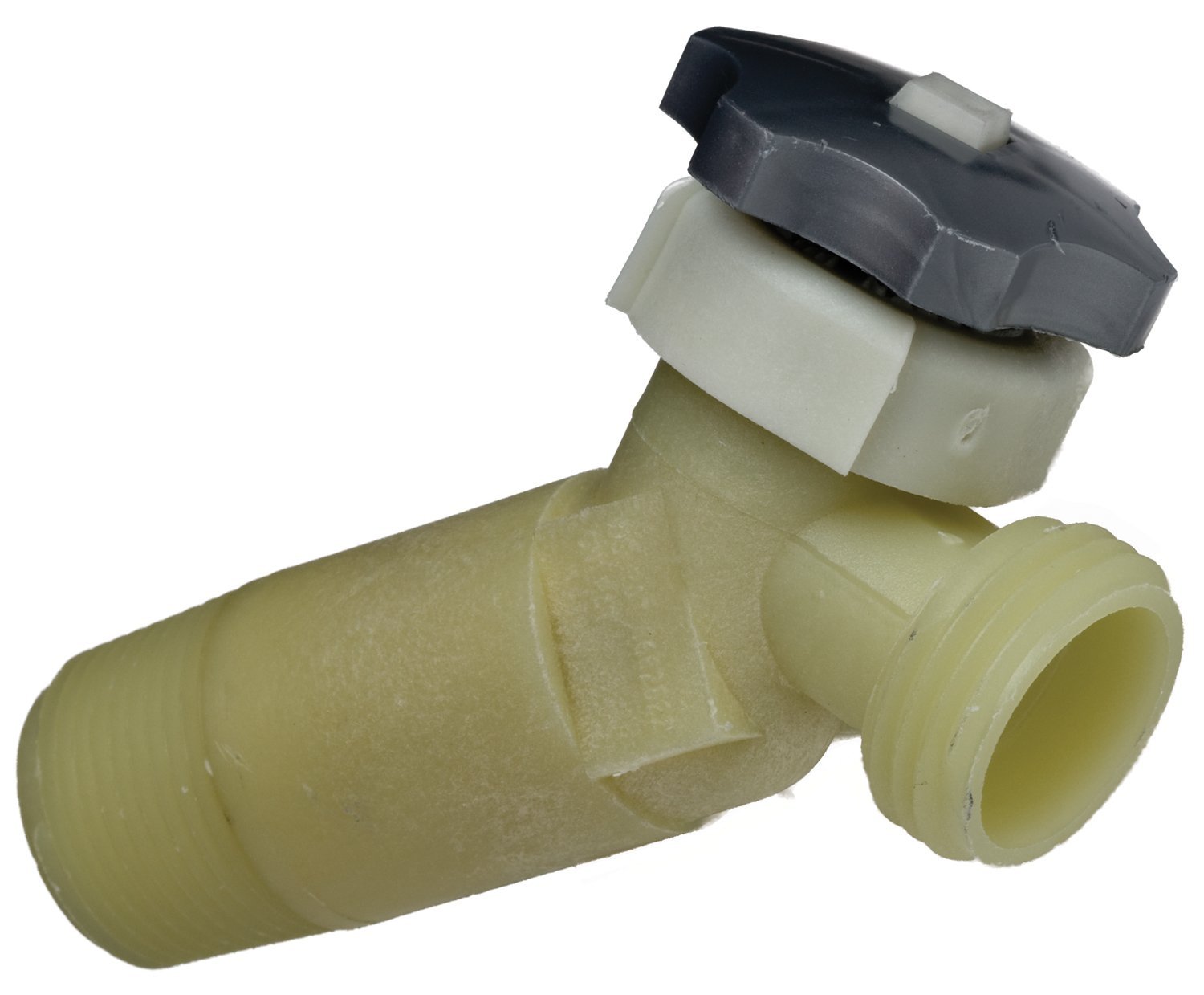

Safety Equipment & Products
How To Childproof A Hot Water Heater Drain Valve
Modified: August 21, 2024
Keep your little ones safe with our childproofing tips for hot water heater drain valves. Find the best safety equipment and products to prevent accidents.
(Many of the links in this article redirect to a specific reviewed product. Your purchase of these products through affiliate links helps to generate commission for Storables.com, at no extra cost. Learn more)
Introduction
When it comes to childproofing our homes, we often focus on securing cabinets, electrical outlets, and sharp corners. However, one commonly overlooked safety concern is the hot water heater drain valve. This seemingly innocuous component of the water heater can pose a serious scalding hazard to young children if not properly childproofed. In this article, we will explore the importance of childproofing hot water heater drain valves and provide a comprehensive guide to safeguarding this potential danger in your home.
As parents and caregivers, ensuring the safety of our little ones is a top priority. Hot water heater drain valves, which are designed to release water in the event of a pressure buildup or for maintenance purposes, can reach scalding temperatures, causing severe burns if touched. Understanding the potential dangers associated with these valves is crucial for taking proactive measures to prevent accidents and keep children safe.
Join us as we delve into the various types of hot water heater drain valves, explore childproofing options, and provide a step-by-step guide to effectively childproofing this often overlooked yet critical aspect of home safety. By implementing the strategies outlined in this article, you can create a secure environment for your children and gain peace of mind knowing that you have taken proactive steps to mitigate potential hazards in your home.
Key Takeaways:
- Childproofing hot water heater drain valves is crucial to prevent scalding burns for children. Temperature regulation, drain valve covers, and education are effective safety measures to implement.
- Understanding the dangers of hot water heater drain valves and implementing childproofing options can create a safer home environment for children, promoting peace of mind for caregivers.
Read more: Where Is Drain Valve On Water Heater
Understanding the Dangers
Hot water heater drain valves are essential components of water heating systems, designed to release water to relieve pressure or for maintenance purposes. While these valves serve a crucial function in the proper operation of the water heater, they can also pose significant dangers, especially to young children. The primary hazard associated with hot water heater drain valves is the potential for scalding.
Water stored in the hot water heater tank is typically maintained at temperatures ranging from 120 to 140 degrees Fahrenheit (48 to 60 degrees Celsius) to meet household hot water needs. When the hot water heater is in use, the water within the tank reaches these elevated temperatures. In the event of a malfunction or during routine maintenance, the hot water heater drain valve may release scalding hot water, presenting a severe burn risk if it comes into contact with skin.
Young children, in particular, are vulnerable to these hazards due to their curious and explorative nature. A child may inadvertently come into contact with the hot water heater drain valve, unaware of the potential danger it poses. The result can be devastating, leading to painful burns and long-term physical and emotional trauma.
It’s important to recognize that burns from hot water can occur within seconds, and the severity of the injury is directly related to the water temperature and the duration of contact. Even brief exposure to water at high temperatures can cause significant harm, making it essential to take proactive measures to prevent such accidents from happening in the first place.
By understanding the potential dangers associated with hot water heater drain valves, caregivers can make informed decisions about childproofing their homes to create a safer environment for their children. In the following sections, we will explore the various types of hot water heater drain valves and discuss effective childproofing options to mitigate these risks and promote home safety.
Types of Hot Water Heater Drain Valves
Hot water heater drain valves come in different types, each serving a specific purpose in the proper functioning of the water heating system. Understanding the various types of drain valves is essential for selecting the most suitable childproofing measures. The two primary types of hot water heater drain valves are traditional hose bib-style valves and ball valve-style valves.
Traditional Hose Bib-Style Valves: These valves feature a handle similar to an outdoor hose bib, allowing water to be drained from the water heater for maintenance or to relieve pressure. They are typically made of brass or other durable materials and are designed to withstand the high temperatures and pressures within the water heater tank.
Ball Valve-Style Valves: Ball valves, also known as quarter-turn valves, are increasingly being used as drain valves in modern hot water heaters. These valves utilize a lever handle that, when turned, opens a hollow, perforated, and pivoting ball to control the flow of water. Ball valves are valued for their reliability, ease of operation, and ability to provide a tight seal when closed, minimizing the risk of leaks.
Both types of drain valves are capable of releasing scalding hot water, making it crucial to implement effective childproofing measures to prevent accidental contact and mitigate the associated risks. The specific design and location of the drain valve on the water heater may vary depending on the make and model of the appliance. Caregivers should familiarize themselves with the type of drain valve present in their hot water heater to determine the most appropriate childproofing solutions.
Now that we have explored the types of hot water heater drain valves, we will delve into the various childproofing options available to safeguard these potential hazards and protect young children from the risk of scalding burns.
Childproofing Options
Childproofing hot water heater drain valves is a crucial step in creating a safe home environment for young children. Fortunately, there are several effective childproofing options available to mitigate the risks associated with these components of the water heating system. Caregivers can choose from a range of childproofing products and strategies to prevent accidental contact with hot water heater drain valves.
1. Temperature Regulation: One of the most effective childproofing measures involves regulating the temperature of the hot water heater itself. By adjusting the thermostat to a safe temperature, such as 120 degrees Fahrenheit (48 degrees Celsius), caregivers can reduce the risk of scalding burns in the event of accidental hot water release. This approach provides a foundational layer of protection while also promoting energy efficiency and cost savings.
2. Drain Valve Covers: Specialized drain valve covers are designed to encase the hot water heater drain valve, preventing direct access and contact. These covers are typically made of durable, heat-resistant materials and feature childproof locking mechanisms to deter young children from tampering with the valve. When selecting a drain valve cover, caregivers should ensure that it is compatible with the specific type and size of the drain valve on their water heater.
3. Secure Enclosures: Installing a secure enclosure around the hot water heater itself can provide an additional layer of protection. This approach involves creating a physical barrier around the water heater, limiting access to the drain valve and other potentially hazardous components. Enclosures can be customized to fit the dimensions of the water heater and can be designed to allow for ventilation and maintenance access while preventing unauthorized entry.
4. Educational Measures: Educating children about the potential dangers of hot water heater drain valves is an essential component of childproofing. Caregivers can explain to children, in age-appropriate language, that the water heater area is off-limits and that the drain valve should never be touched. By instilling an understanding of the associated risks, children are more likely to avoid interacting with the water heater and its components.
By implementing these childproofing options, caregivers can significantly reduce the risk of scalding burns associated with hot water heater drain valves. In the following section, we will provide a step-by-step guide to childproofing the hot water heater drain valve, offering practical instructions for creating a safer home environment for children.
Install a drain valve lock or cover to prevent children from accessing the hot water heater drain valve. This will help to prevent accidental burns or scalding.
Step-by-Step Guide to Childproofing
Childproofing the hot water heater drain valve requires careful consideration and attention to detail to ensure the safety of young children. By following a step-by-step approach, caregivers can effectively childproof the water heater, mitigating the risk of scalding burns and creating a secure environment for their families. Here’s a comprehensive guide to childproofing the hot water heater drain valve:
1. Assess the Type of Drain Valve: Begin by identifying the type of drain valve present on the hot water heater. Determine whether it is a traditional hose bib-style valve or a ball valve-style valve. This information will guide your selection of childproofing products and strategies.
2. Regulate the Water Temperature: Adjust the hot water heater thermostat to a safe temperature, typically around 120 degrees Fahrenheit (48 degrees Celsius). This step provides a foundational layer of protection against scalding burns in the event of hot water release.
3. Select a Drain Valve Cover: Choose a high-quality drain valve cover that is compatible with the type and size of the drain valve on the water heater. Ensure that the cover is made of durable, heat-resistant materials and features a secure locking mechanism to prevent unauthorized access.
4. Install the Drain Valve Cover: Follow the manufacturer’s instructions to install the selected drain valve cover securely. Ensure that the cover encases the drain valve completely, preventing direct contact and deterring children from attempting to access the valve.
5. Consider a Secure Enclosure: If additional protection is desired, consider installing a secure enclosure around the hot water heater. Customized enclosures can provide a physical barrier, further limiting access to the water heater and its components.
6. Educate Children: Take the time to educate children about the potential dangers of the hot water heater and the importance of avoiding contact with the appliance and its drain valve. Use age-appropriate language to explain the risks and establish clear boundaries regarding the water heater area.
By following these steps, caregivers can effectively childproof the hot water heater drain valve, reducing the risk of scalding burns and promoting a safe home environment for children. In the next section, we will explore additional safety measures that can complement the childproofing efforts and further enhance home safety.
Read more: How To Drain Water Heater In The Attic
Additional Safety Measures
While childproofing the hot water heater drain valve is a critical step in promoting home safety, there are additional measures that caregivers can implement to further enhance the protection of young children. These supplementary safety measures complement the childproofing efforts and contribute to creating a secure environment within the home. Consider the following additional safety measures:
1. Supervision and Awareness: Maintaining vigilant supervision of young children, especially in areas where the hot water heater is located, is essential for accident prevention. By being aware of children’s activities and whereabouts, caregivers can intervene to prevent potential hazards and ensure that safety protocols are followed.
2. Emergency Preparedness: In the event of a hot water-related emergency, such as accidental contact with scalding water, it’s crucial to have a well-equipped first aid kit readily available. Caregivers should familiarize themselves with the appropriate first aid measures for treating burns and have emergency contact information easily accessible.
3. Regular Maintenance Checks: Schedule routine maintenance checks for the hot water heater to ensure that it is functioning properly and that the drain valve is in good condition. Addressing any issues promptly can prevent potential malfunctions that may lead to the release of scalding hot water.
4. Safety Signage: Consider posting clear and visible safety signage near the hot water heater to remind family members and visitors of the potential hazards associated with scalding hot water. Simple, informative signs can serve as visual reminders to exercise caution in the vicinity of the water heater.
5. Water Temperature Testing: Periodically test the temperature of the hot water to ensure that it remains within safe limits. This can be done using a reliable water temperature gauge or thermometer to verify that the water temperature is maintained at the desired level, reducing the risk of scalding burns.
By incorporating these additional safety measures into their home safety protocols, caregivers can bolster the protection of young children and minimize the risk of hot water-related accidents. These measures work in tandem with the childproofing strategies to create a comprehensive safety framework within the home. In the concluding section, we will summarize the key points and emphasize the importance of proactive childproofing for promoting home safety.
Conclusion
Childproofing the hot water heater drain valve is a vital aspect of creating a safe and secure home environment for young children. By understanding the potential dangers associated with hot water heater drain valves and implementing effective childproofing measures, caregivers can significantly reduce the risk of scalding burns and promote home safety. The proactive steps taken to safeguard the hot water heater not only protect children from harm but also contribute to overall peace of mind for caregivers and family members.
Through temperature regulation, the use of drain valve covers, secure enclosures, and educational measures, caregivers can create layers of protection around the hot water heater, mitigating the risk of accidental contact with scalding hot water. Additionally, the implementation of additional safety measures, such as supervision, emergency preparedness, and regular maintenance checks, further enhances the safety framework within the home, providing comprehensive protection for young children.
It’s important to recognize that childproofing the hot water heater drain valve is just one component of a holistic approach to home safety. By combining childproofing efforts with ongoing supervision, education, and preparedness, caregivers can create a secure environment where children can thrive without unnecessary exposure to potential hazards.
As we conclude, it’s essential to emphasize the value of proactive childproofing and safety measures in mitigating risks and preventing accidents. By taking the time to assess the type of drain valve, regulate water temperature, install appropriate childproofing products, and educate children about the associated dangers, caregivers can significantly reduce the likelihood of scalding burns and create a safer home environment for their families.
Ultimately, the investment of time and effort in childproofing the hot water heater drain valve yields immeasurable returns in the form of enhanced safety, peace of mind, and the well-being of our children. By prioritizing home safety and taking proactive steps to mitigate potential hazards, caregivers play a pivotal role in creating a nurturing and secure environment where children can thrive and grow.
Frequently Asked Questions about How To Childproof A Hot Water Heater Drain Valve
Was this page helpful?
At Storables.com, we guarantee accurate and reliable information. Our content, validated by Expert Board Contributors, is crafted following stringent Editorial Policies. We're committed to providing you with well-researched, expert-backed insights for all your informational needs.
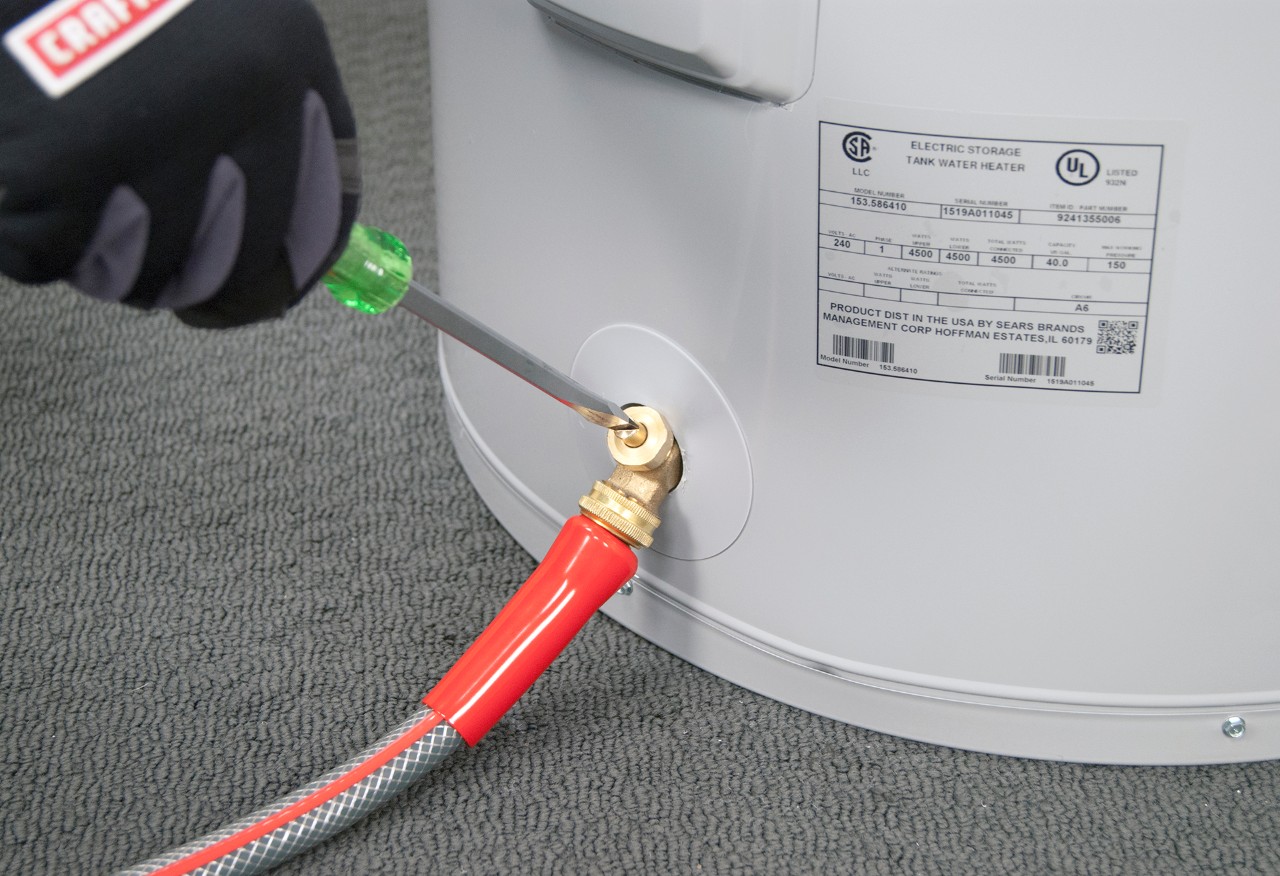
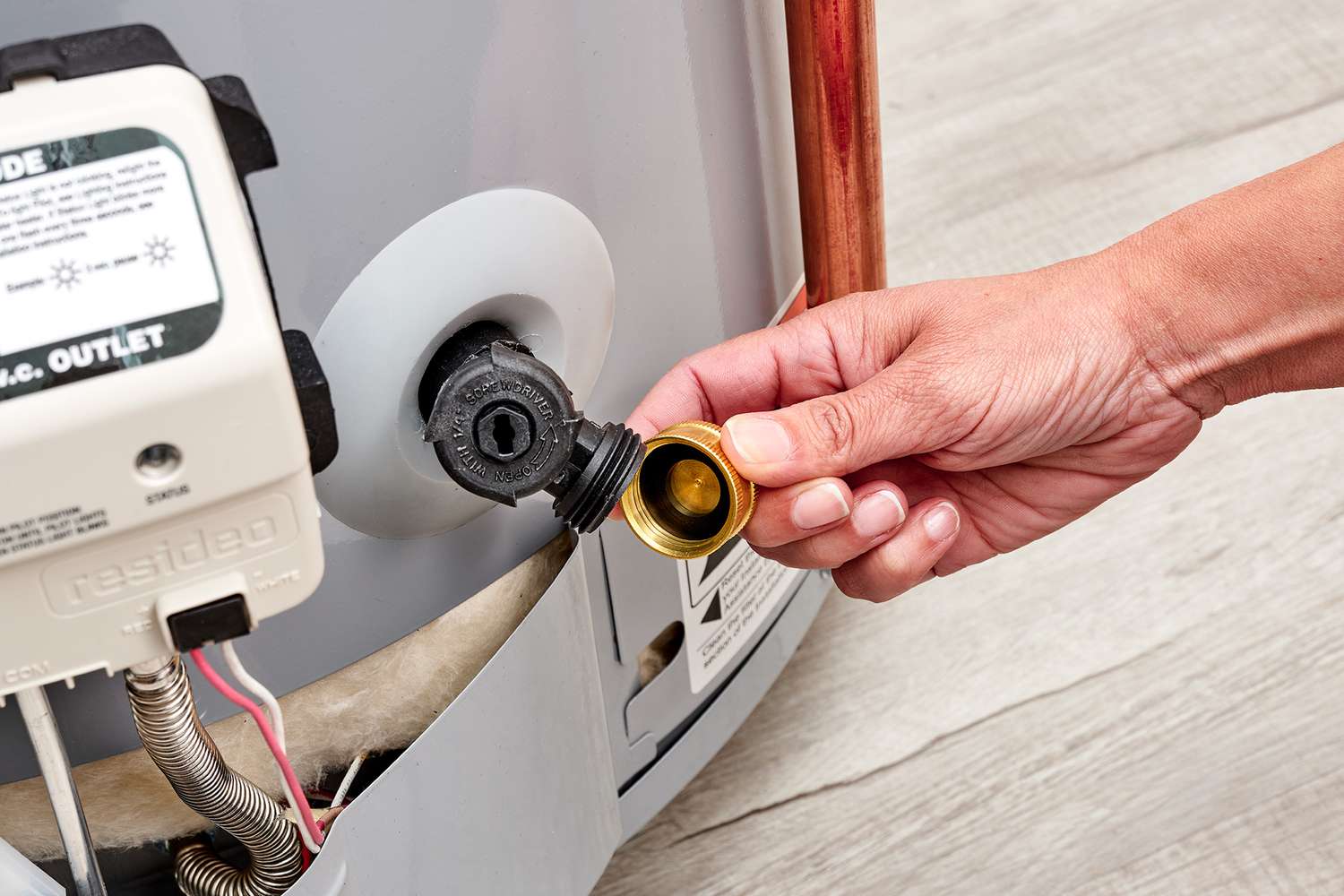
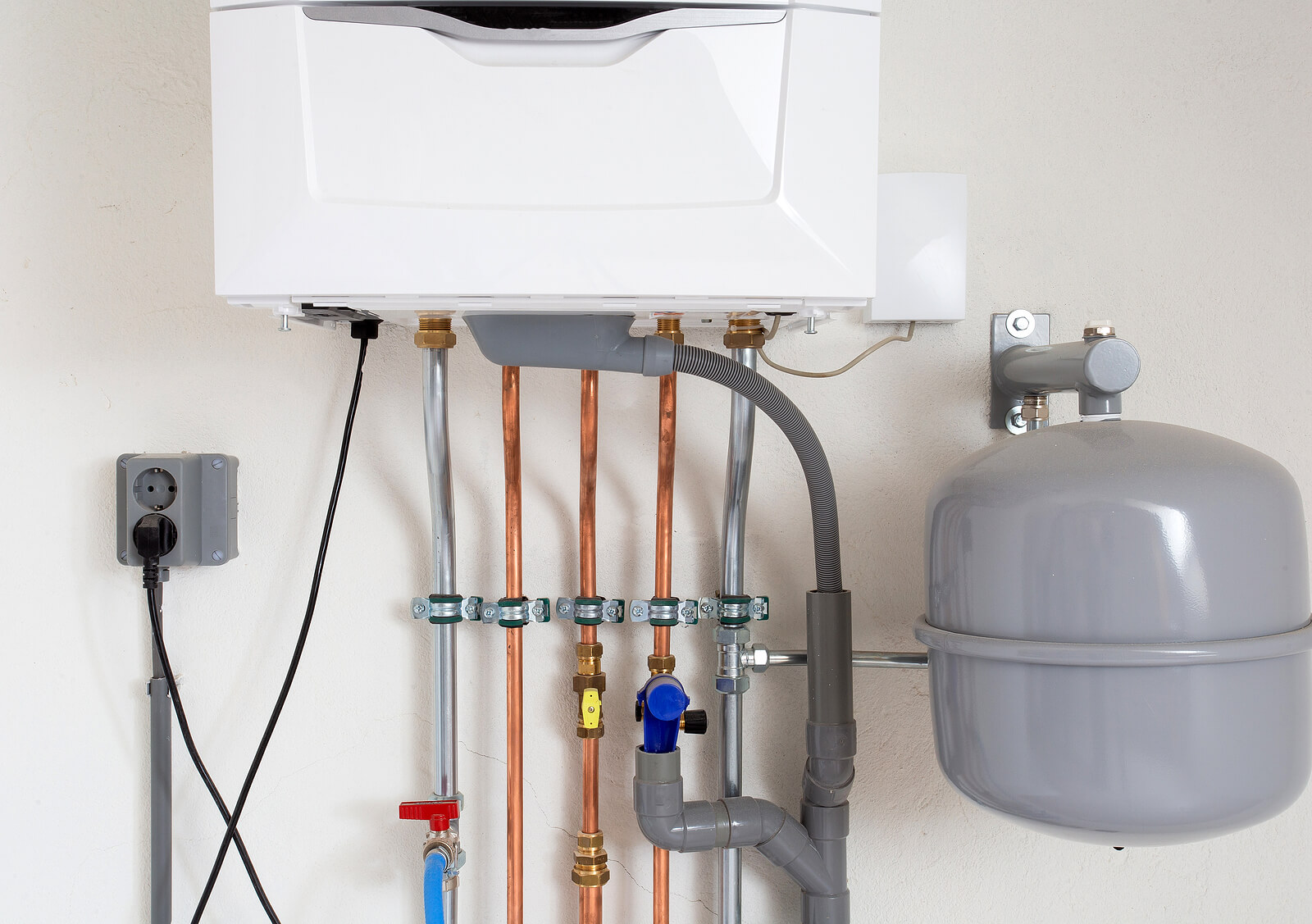
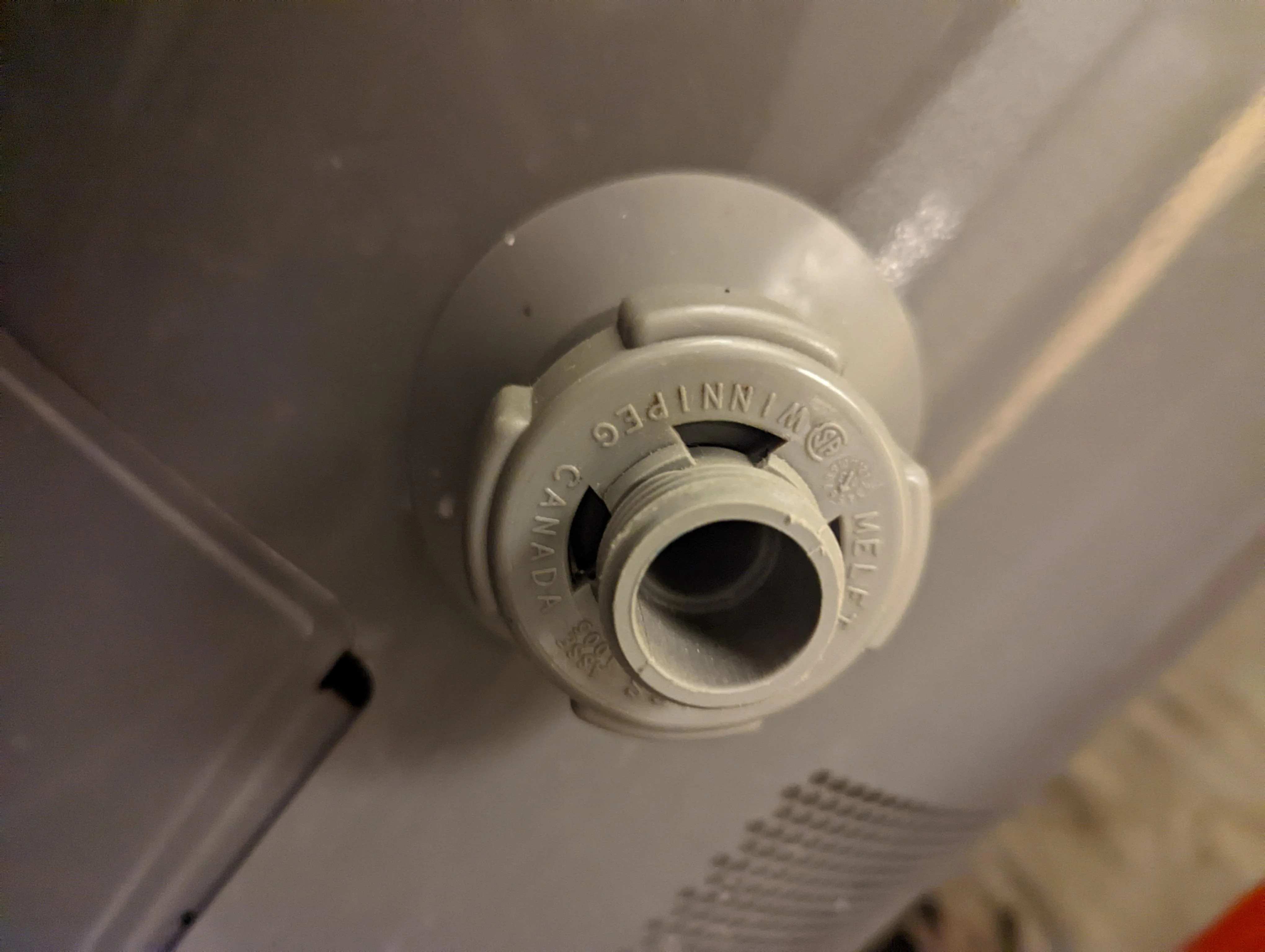
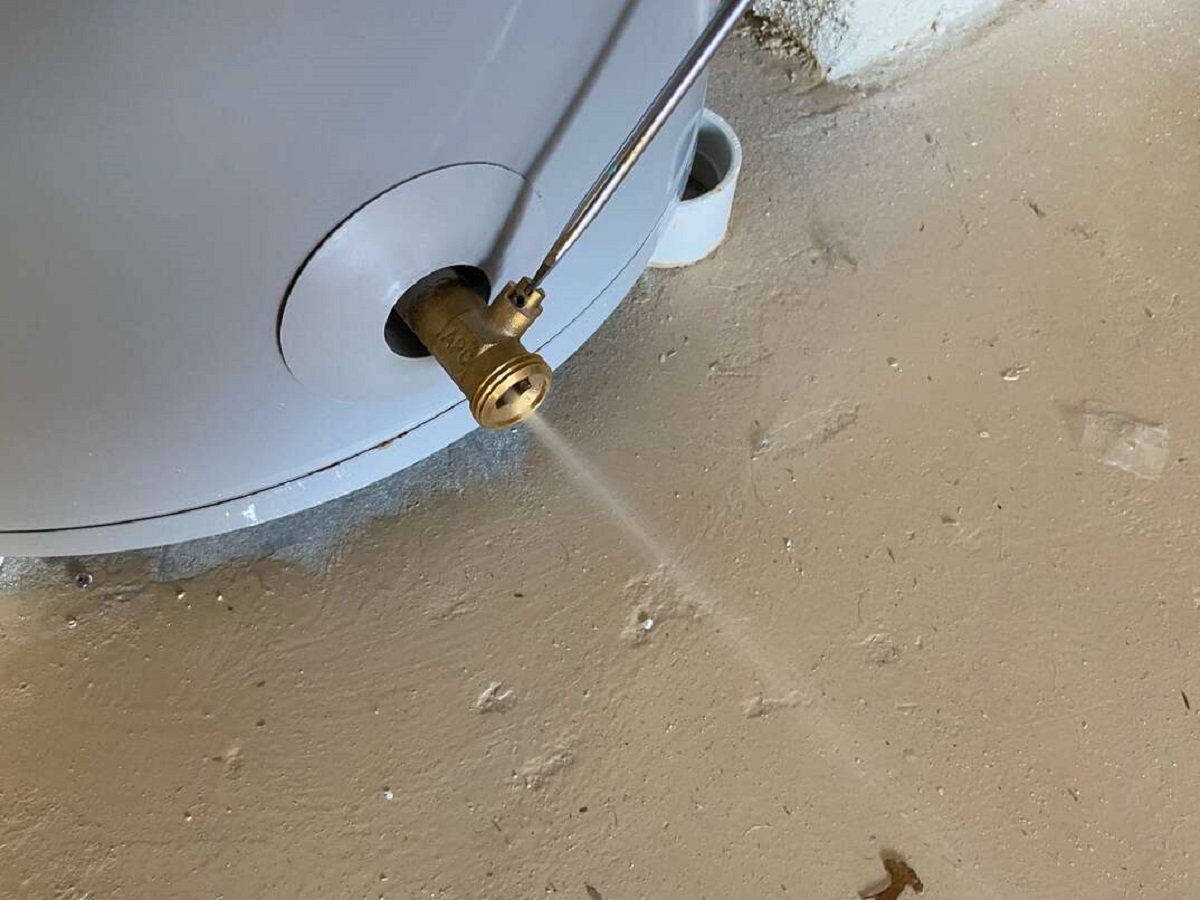
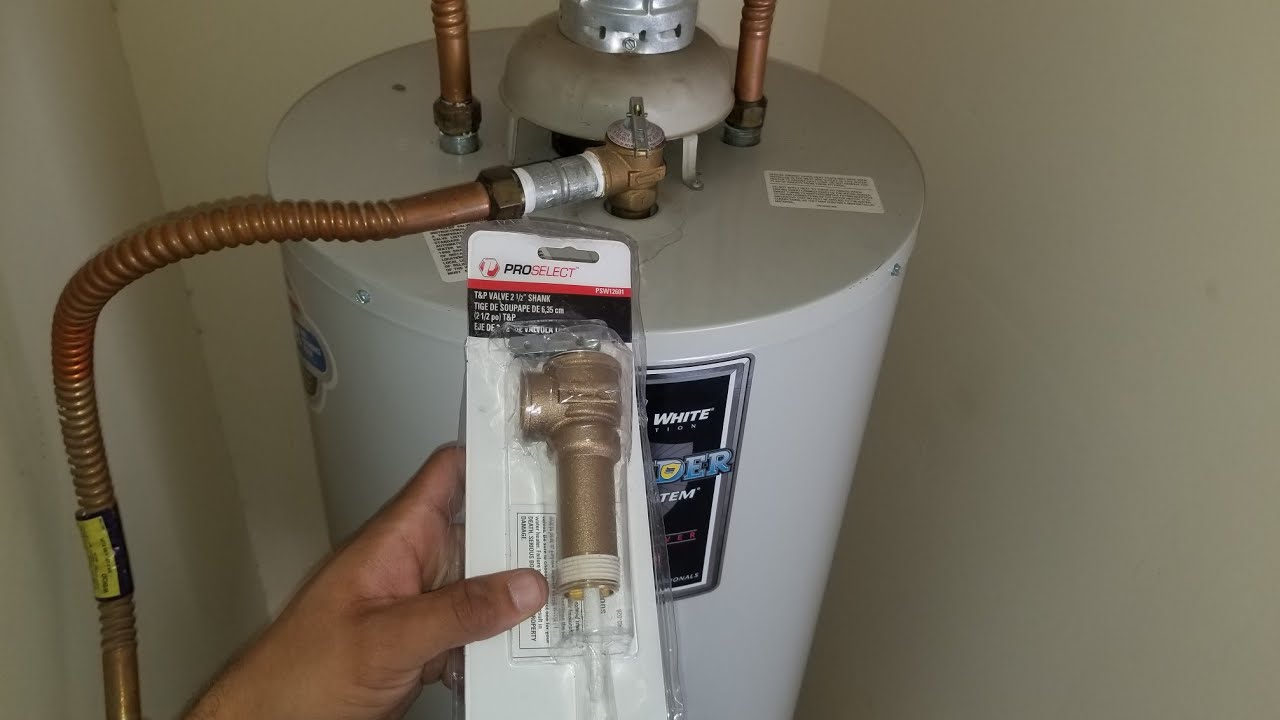
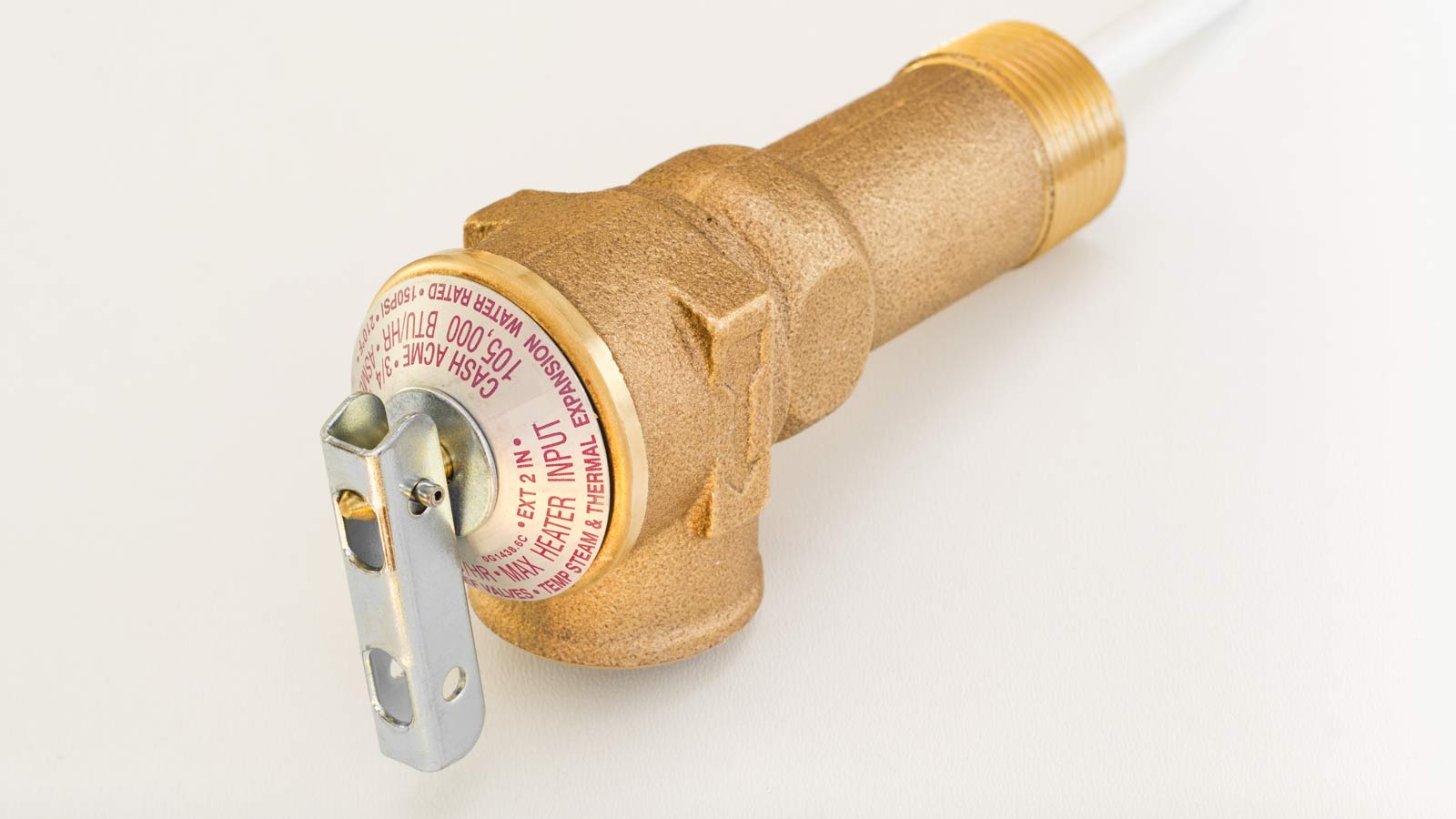
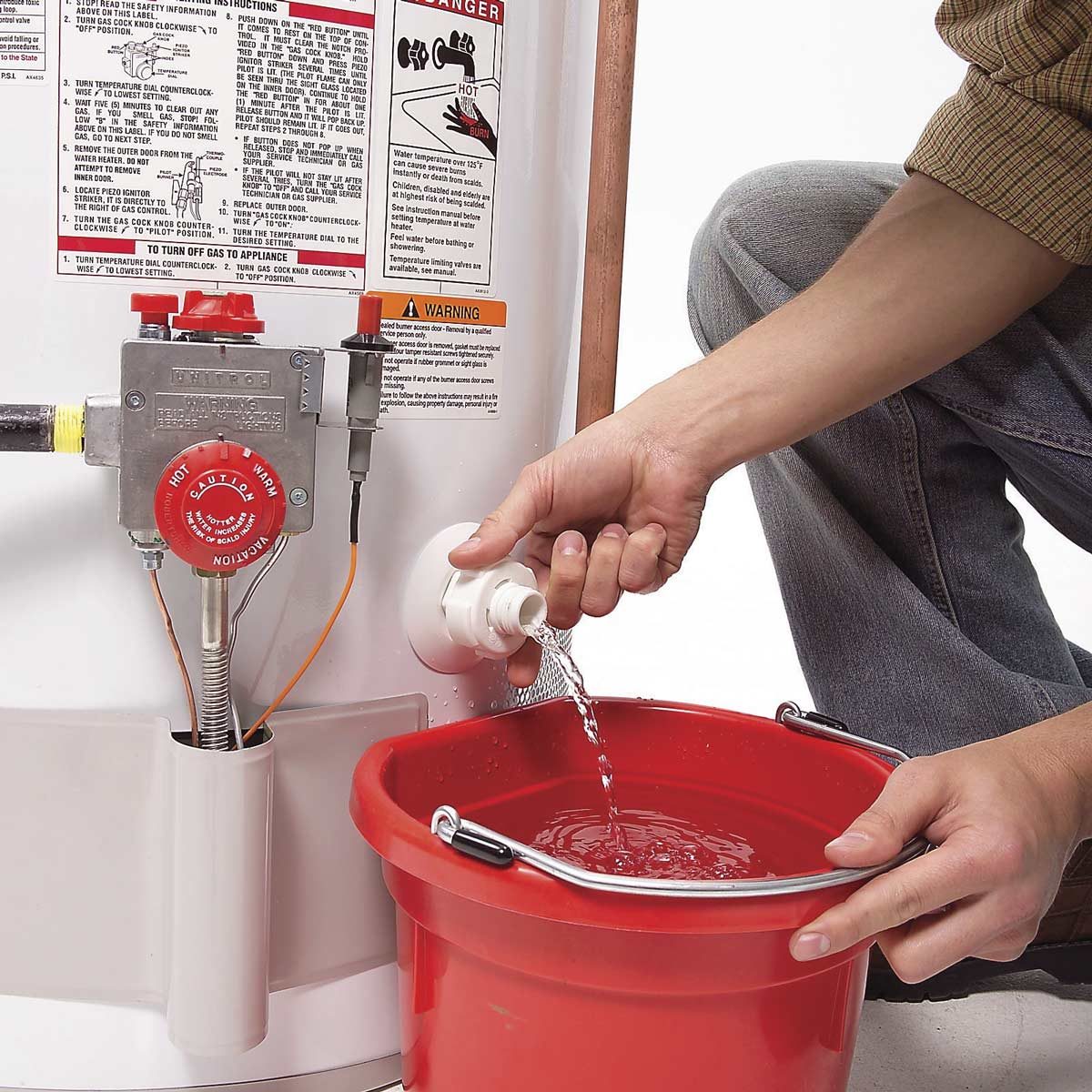
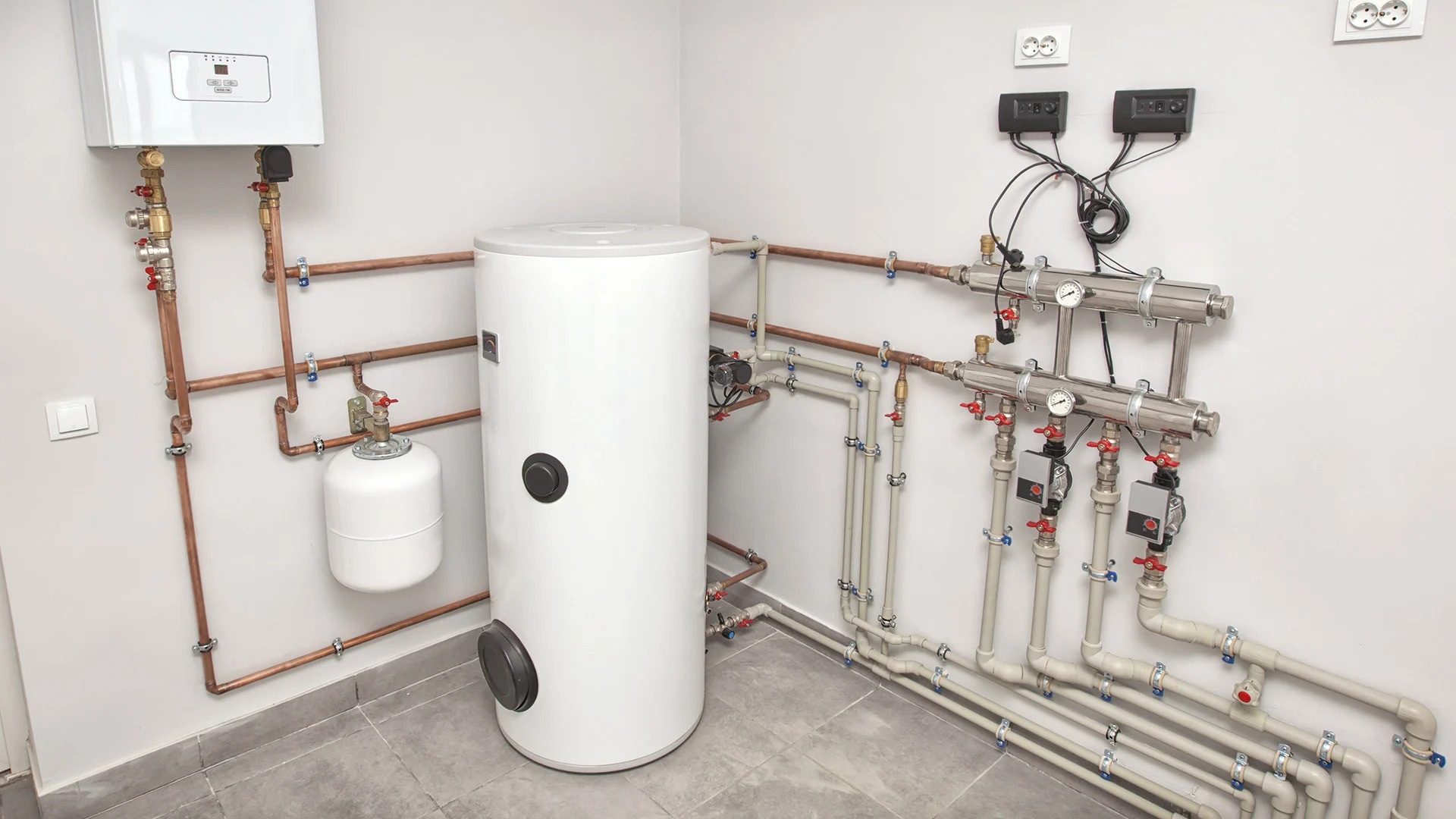
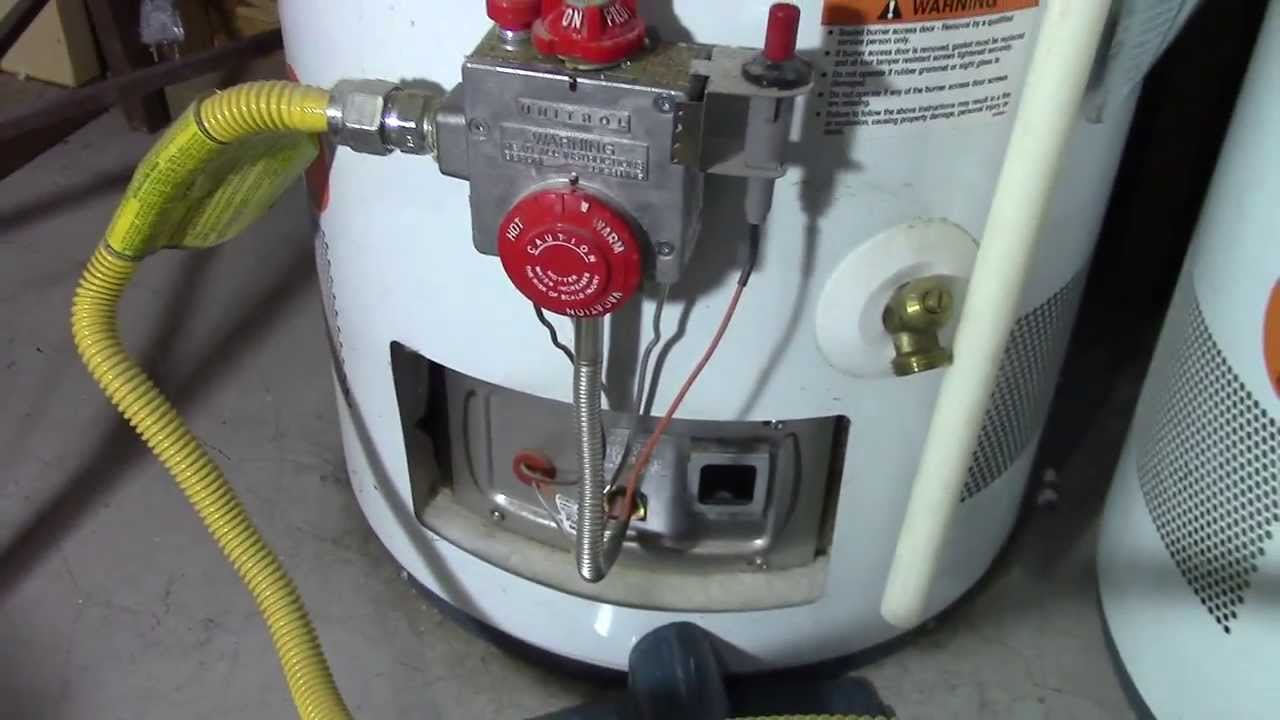
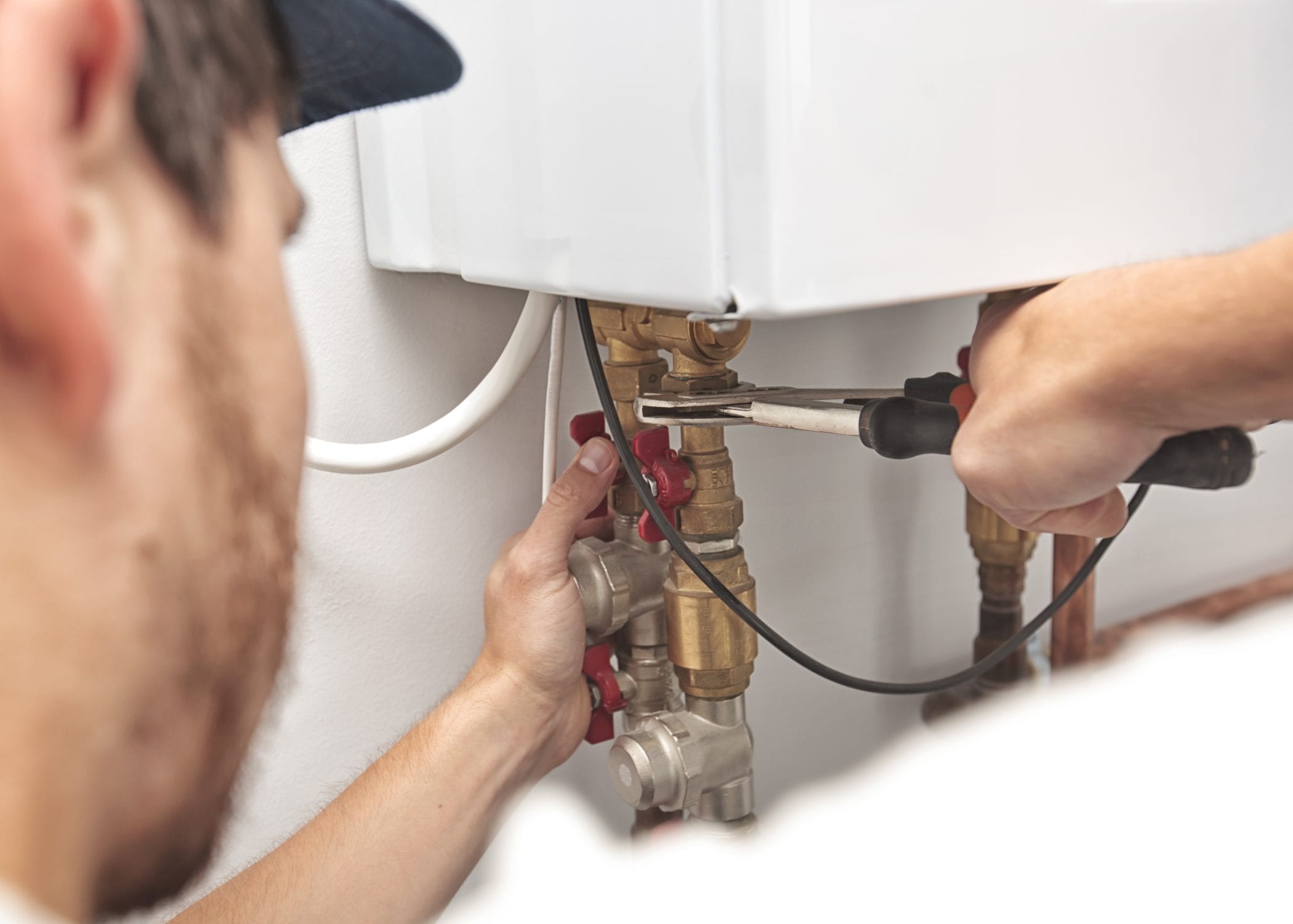
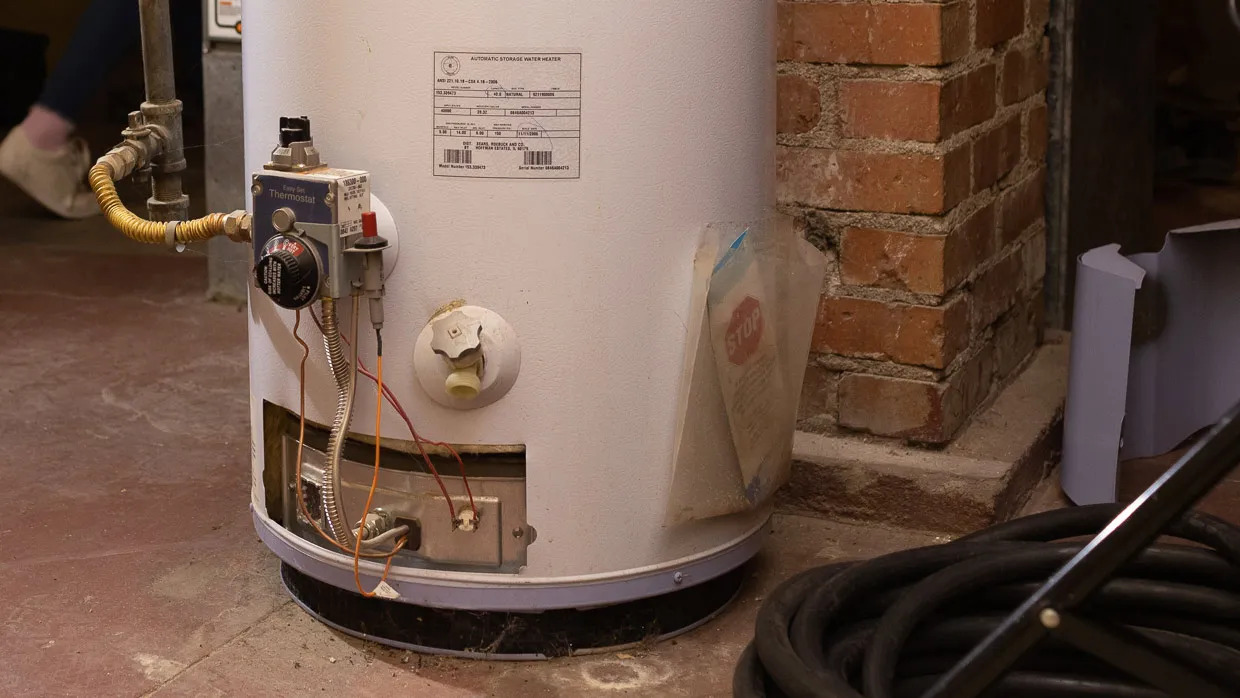
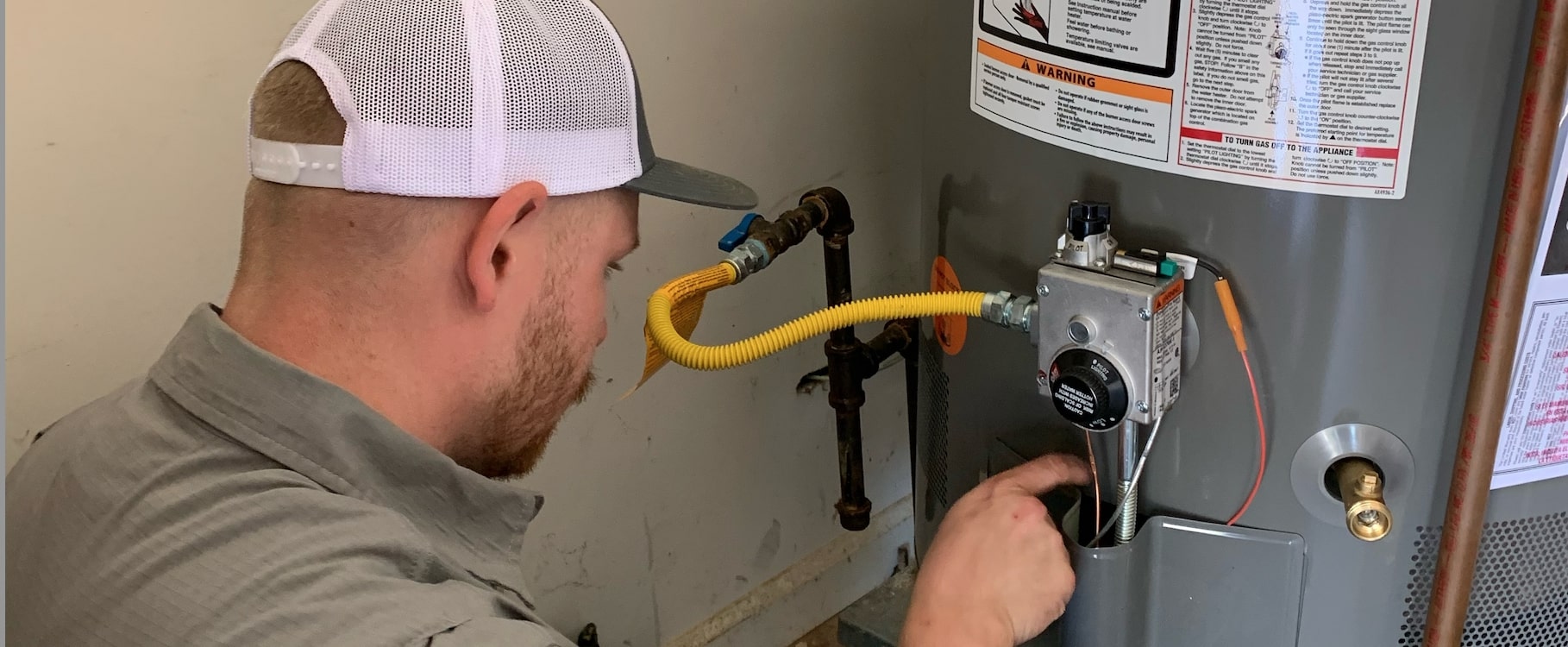


0 thoughts on “How To Childproof A Hot Water Heater Drain Valve”